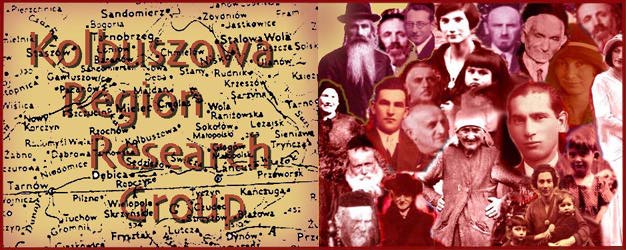


The Jewish Cemetery at Grodzisko Dolne
Submitted by Violetta Rader
Written by Violetta Reder
The Jewish cemetery was established in the 18th century. It is located on a hill, west north of the centre of the village, and surrounded by an agricultural area. The last known burial took place in 1941. Tryńcza and Grodzisko Górne also used this cemetery. Before the II WW, it was fenced with a solid high brick wall, the gate was locked.[i] The devastation of the cemetery, started by the Nazi during the WW II, was completed after the War by the local people who used the matsevoth as building material. This is confirmed by oral witness of aged residents who also inform that the area of the cemetery was diminished by the farmland encroaching on it... What remains today is one complete overturned matsevah that belongs to Aaron Jehuda Beller, and a half of matsevah accompanied by a heap of bits of grave stones at an unfenced, unmarked area amounting to 4000-5000 square meters, covered by trees and occasional litter. This area is hiding a unmarked mass grave of 241 Jews from Grodzisko and Tryńcza executed by the Nazi, Adolf Jeske, during the liquidation of the local ghetto. Some missing stones are in private collections. In April 1984, after the famous resident of Grodzisko Dolne, painter Ilex Beller’s visit, a promise was given by the village council that the cemetery would be fenced off and prevented from the cattle grazing there[ii]. In 2003, Rivka Becher nee Richter commemorated her Zucker family on a Hebrew-written copper plate stuck on sandstone which she set at the cemetery corner close to the only remaining fragments of matsevoth.
Violetta Reder
[i] Małgorzata Kuźma, http://www.sztetl.org.pl/pl/article/grodzisko-dolne/5,historia/, 30.XI.2010.
[ii] Ilex Beller, Life in the Shtetl. Scenes and Recollections, New York 1986, p. 139.
© Copyright 2017 Kolbuszowa Region Research Group. All rights reserved.